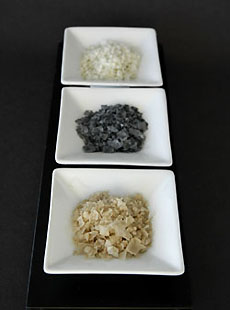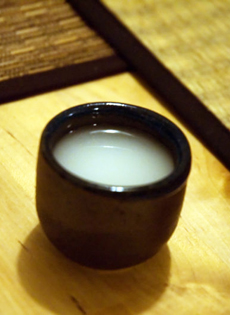
Use ‘em up—don’t let those oils grow old and
over-the-hill. Photo of Lucero California
Olive Oil by Evan Dempsey | THE NIBBLE. |
|
Don’t wait for spring cleaning: each January, go through cupboards for expired or about-to-expire foods.
Also check your salad and cooking oils: They go rancid. If they don’t pass the sniff test, toss them. Oil that has turned smells musty and old. If you don’t trust your nose, take a small taste.
When you replace the oils, use a wine preservative spray to prolong the life of the ones you use less frequently. Even better, don’t buy more oil than you can reasonably use within 6 months.
Vinegar, on the other hand, has an almost indefinite shelf life. Because of its acid nature, vinegar is self-preserving and does not need refrigeration. Except for distilled vinegar, some changes can be observed over time, such as color changes or the development of a haze or sediment. According to the Vinegar Institute, this is only an aesthetic change. The product can still be enjoyed with confidence.
Be sure to check your spices! If they don’t have an expiration date, you know they’re over-the-hill (because they were made before dating became an industry practice). And keep oil and spices away from light and heat, which help them deteriorate more quickly.
|




